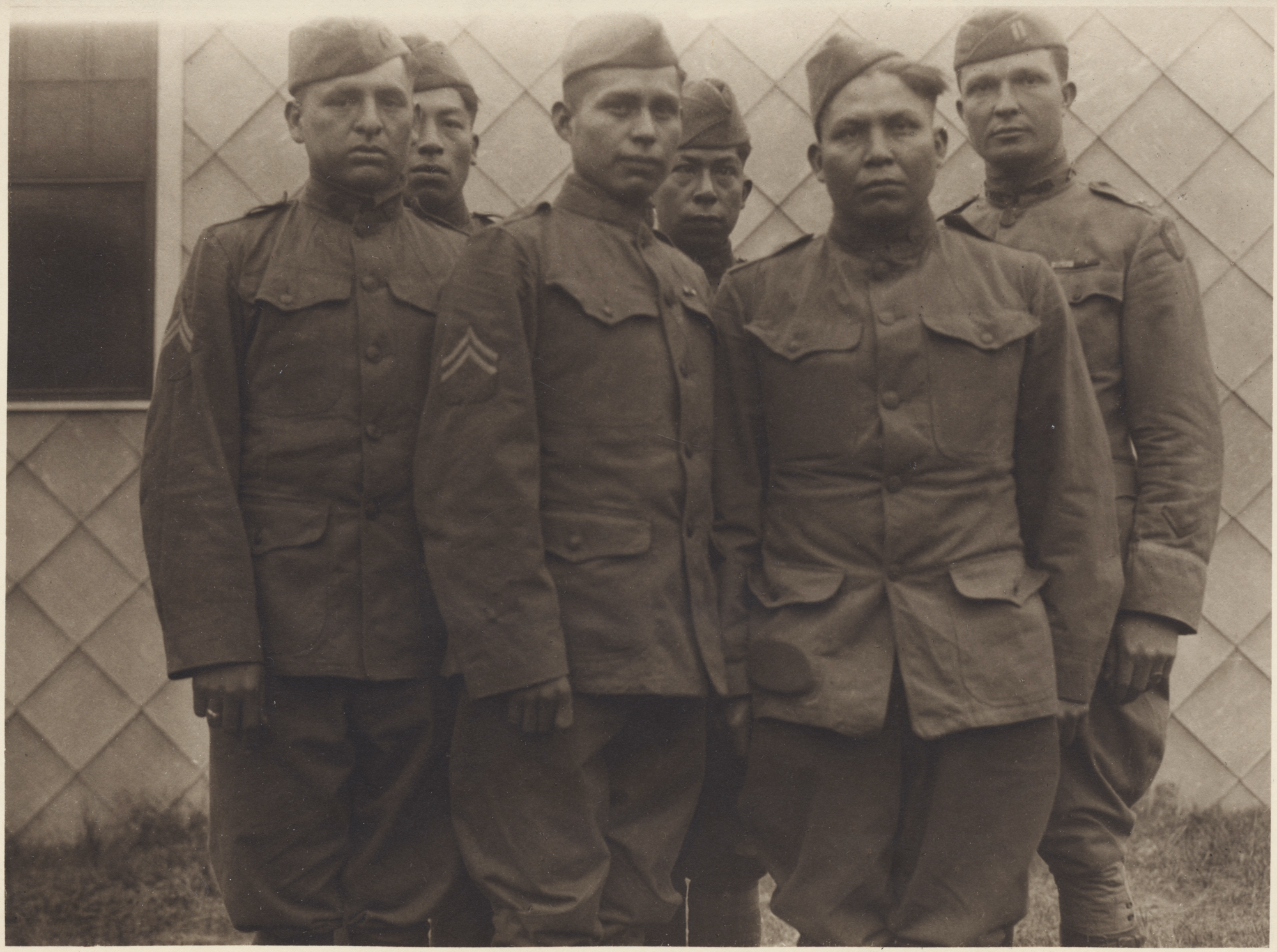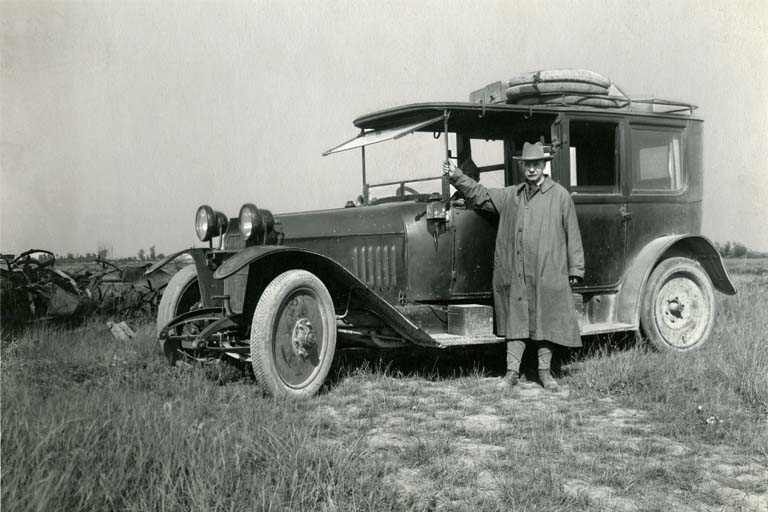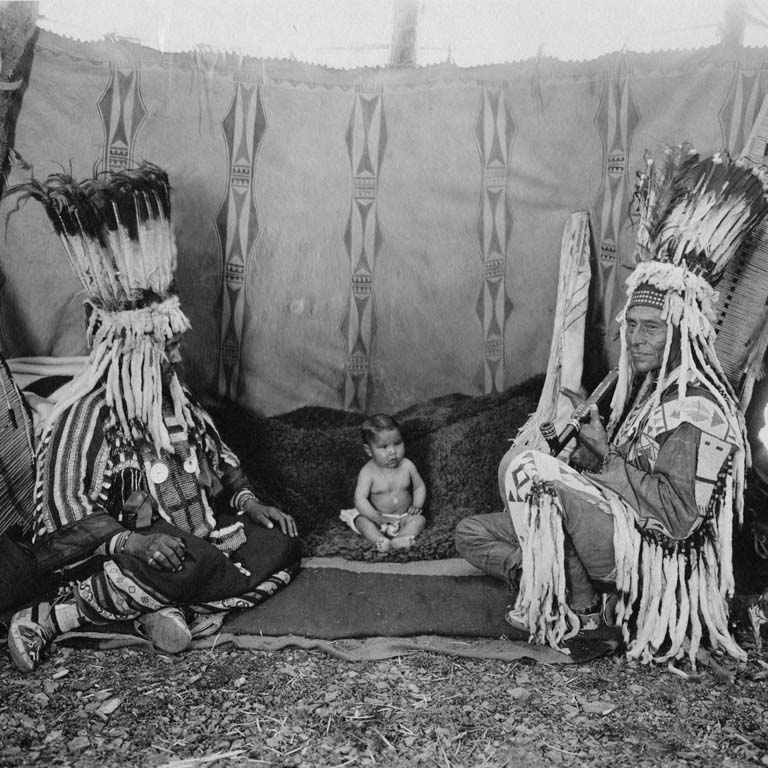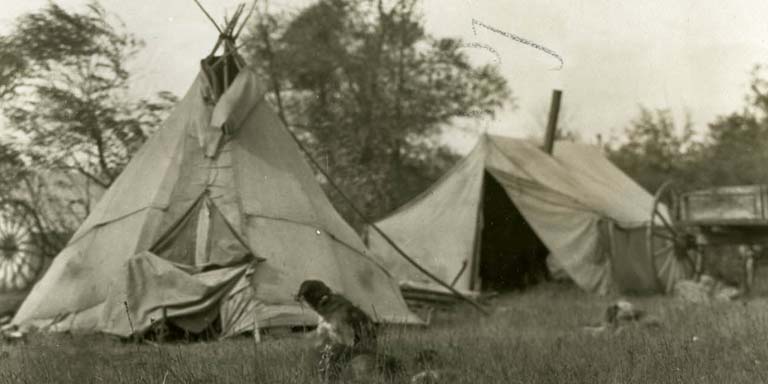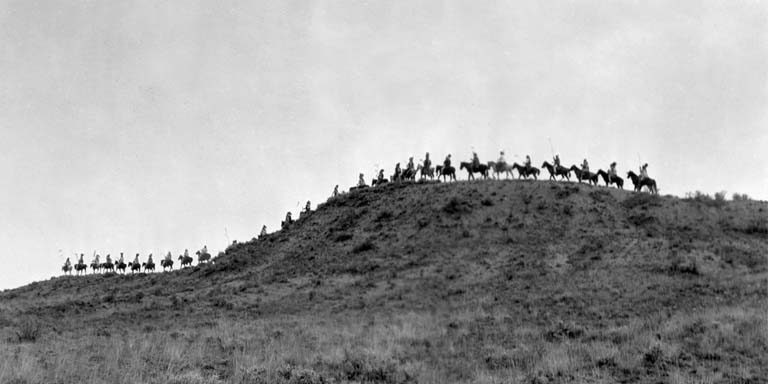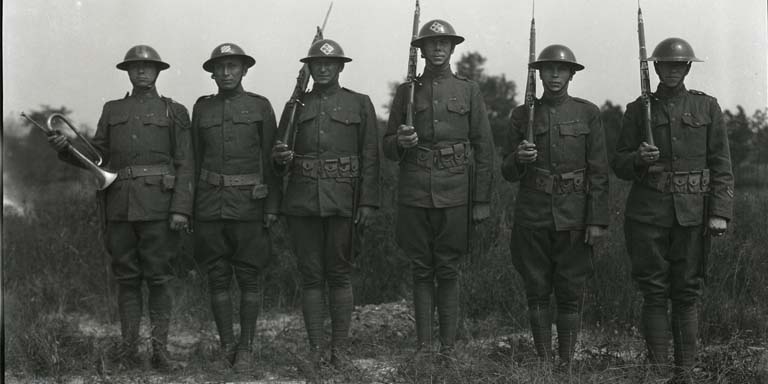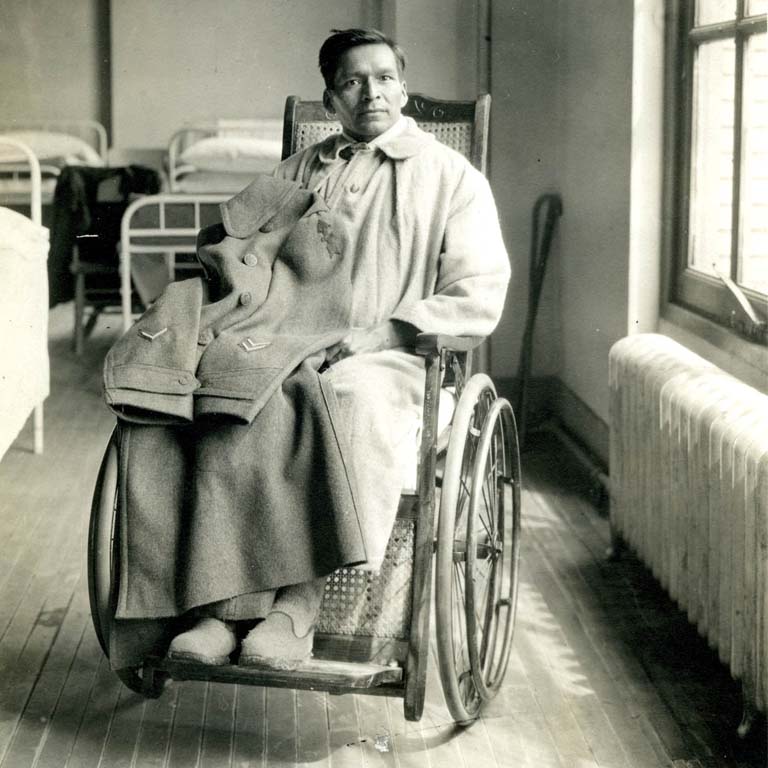One of the IUMAA’s most significant collections is the Wanamaker Collection of American Indian Photographs. Together with the Wanamaker Collection Archive, these holding represent pictorial and documentary information about Native American interactions with European Americans in the first quarter of the 1900s. The photographs (Photograph Accession Numbers: 1962-08, 1975-44, and 1975-45) include original vintage prints, portfolio prints, enlargements, nitrate negatives, and glass negatives and positives. There are over 8,000 images of Native Americans and related subjects taken between 1908 and 1921. The lead photographer was Joseph Kossuth Dixon. The university acquired most of the images in the mid-1940s, receiving an additional 1,700 images in 1974 and 1975.
The archive (Archives Accession Number: 1962-08) consists of approximately 25,000 pages of original documentation associated with the Wanamaker Collection of American Indian Photographs. It provides context for the Wanamaker Collection images and also provides information on a wide range of topics: lobbying efforts aimed toward improving Native living conditions and government treatment, including the campaign for Indian citizenship. There is also information on period photographic practices, department stores as educational facilities, and more.
Banner image credits: “Song of the Arrows." 1909. (1962-08-2006)


